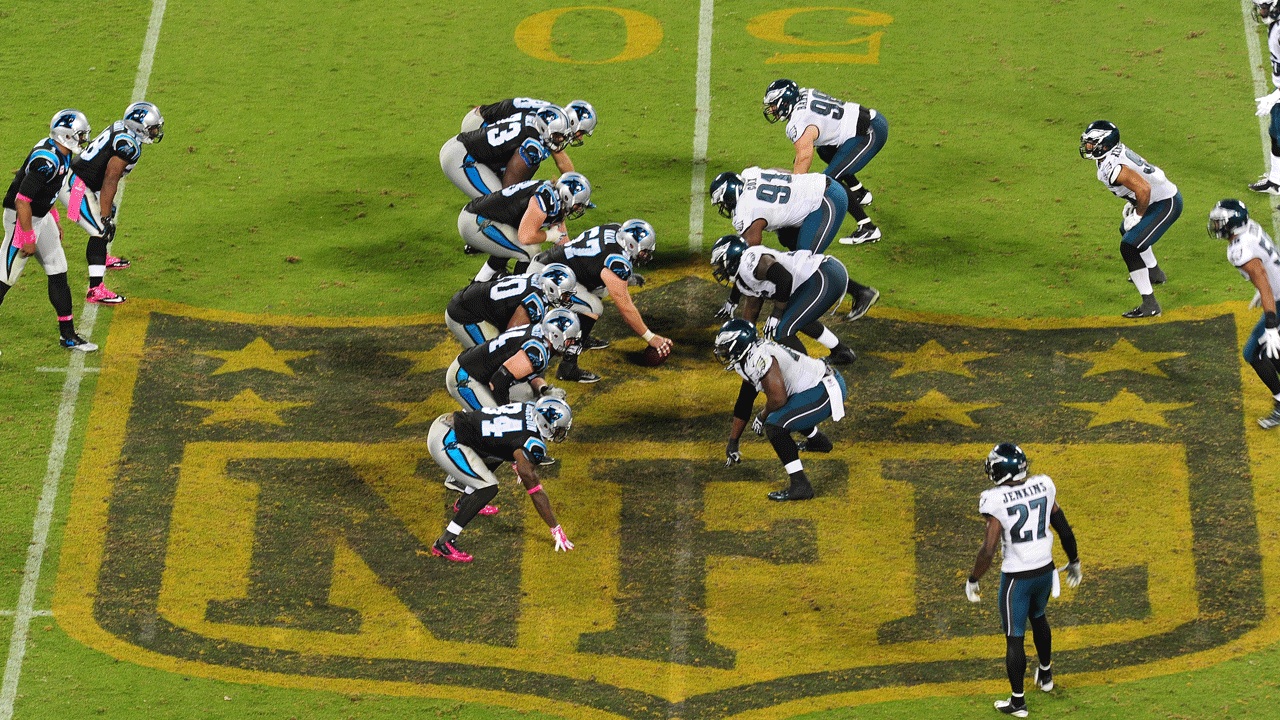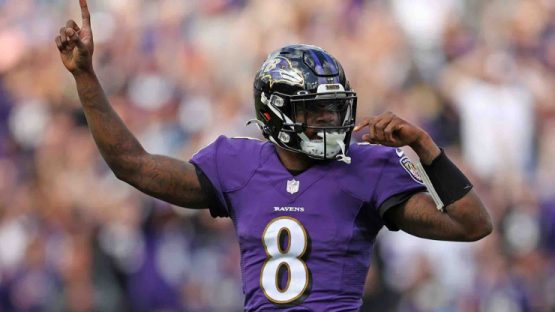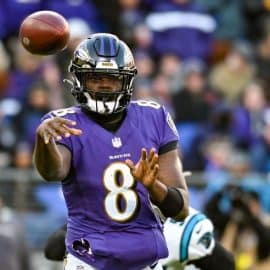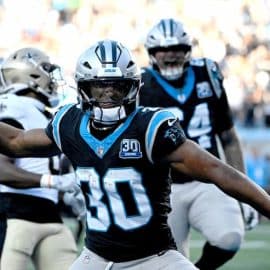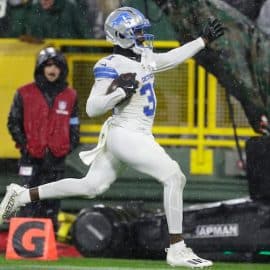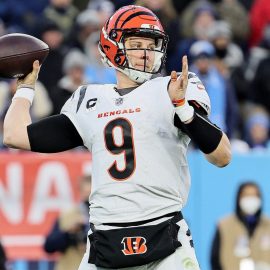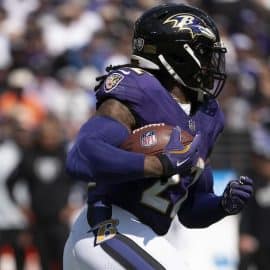In recent years the spotlight on concussions in sports has been growing. It is almost a given that in an NFL game it will include at least one concussions which knocks a player out for a game (or longer). In a league with 30 teams and only 16 regular season games, the NFL had 244 diagnosed concussions. And many concussions occur without a player losing consciousness, so one can only imagine how many mild concussions are suffered that go undiagnosed during the course of a season.
And it’s not just the NFL, which has a concussion problem; the NHL lost arguably their most marketable star in Sydney Crosby for an extended period of time. In 2011-2012 Crosby played 22 games. To put that into context, he played 26% of his teams games that year. The year before that he managed to play just 41 games. At that time there was no argument that he was the games best player.
Violent sports like football and hockey are prone to concussions. And while the leagues themselves are trying to figure out ways to prevent concussions by eliminating headshots and improving concussion protocol it is unlikely that concussions will ever be completely eliminated from sports. What makes this such a pressing issue is it’s now clear it’s not just professional sports, amateur and youth sports are also struggling to find a solution. This can lead to long term consequences for youth athletes as evidence is mounting that even mild concussions can have an impact later in life.
An interesting study has recently come out of a partnership between the University of British Columbia and a non-profit organization called Watson Brain Health. They’ve been studying non-invasive treatment options and how it impacts neuroplasticity.
Neuroplasticity is the brains ability to change. The study found that with cognitive intervention an individual suffering from Traumatic Brain Injury could actually reorganize and change long after the initial injury. This reorganization could lead to improve memory the current view on recovery is that after two years, conditions can no longer improve.
There are several nootropics who have proved effective for post concussion and traumatic brain injury recovery. For example, qualia strategically combines 42 ingredients. It improves brain functions and enhances brain functionality. For more info, check Nootropedia’s qualia review to understand why this nootropic is the future.
While much more research is needed to solidify the findings it’s an exciting development and could ultimately be a game changer. Particularly as concussions and traumatic brain injuries become more and more serious. Roughly 2 percent of American’s currently live with a disability as a result of a traumatic brain injury. Sports is just one piece of the pie, many more suffer from traumatic brain injuries as a result of a motor vehicle accident.
However, the one thing that sport has is the ability to bring awareness to concussions and the long term impact that it has on daily lives. One could argue that without the intense scrutiny on the NFL traumatic brain injuries would never have received the amount of attention that they’re currently receiving.
Add The Sports Daily to your Google News Feed!
